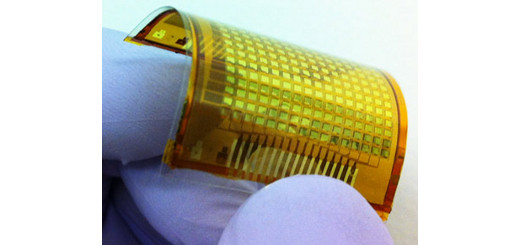New system lets mobile robot “followers” become “leaders”
In the world of mobile robots, there are leaders and there are followers.
Well, not exactly, but leader-follower formations are a common way of organizing the movement of mobile robot groups. And it’s a system that works well — unless something happens to the leader.
Recent research from Missouri University of Science and Technology aims to change that. The work, funded in part by the National Science Foundation, introduces a new feedback system that can shift leaders on the fly to improve the group’s chances of success.
In a traditional leader-follower formation, the lead robot is controlled through a nonholonomic system (meaning its trajectory is set in advance) and the followers trace the same pattern. The innovation of this new system is that it allows a “follower” robot to take over as “leader” if the original leader has a system or mechanical failure. The university says few robotic systems today have this type of redundancy because of cost.

It was developed by Jagannathan Sarangapani, who says it uses reinforcement learning and active critique, both inspired by behaviorist psychology.
“Imagine you have one operator in an office controlling 10 bulldozers remotely,” Sarangapani said in a statement. “In the event that the lead one suffers a mechanical problem, this hardware allows the work to continue.”
Applications for the system include robotic security surveillance, mining or surveying sinkholes, but Sarangapani believes the research is most important for aerial vehicles.
“When a helicopter is in flight, faults can now be detected and accommodated,” a release from the university notes. “This means that instead of a catastrophic failure resulting in a potentially fatal crash, the system can allow for a better chance for an emergency landing instead. The fault tolerance would notice a problem and essentially shut down that malfunctioning part while maintaining slight control of the overall vehicle.”
The goal of the research is to allow current robots to operate with minimal supervision — and eventually lead to a robot that can learn or even become autonomous.
“The end goal is to push robotics to the next level,” Sarangapani said. “I want robots to think for themselves, to learn, adapt and use active critique to work unsupervised. A self-aware robot will eventually be here, it is just a matter of time.”
[ top photo: Pioneer 3-AT, courtesy of Adept MobileRobots; lower-right: courtesy of B.A. Rupert, Missouri University of Science and Technology ]



